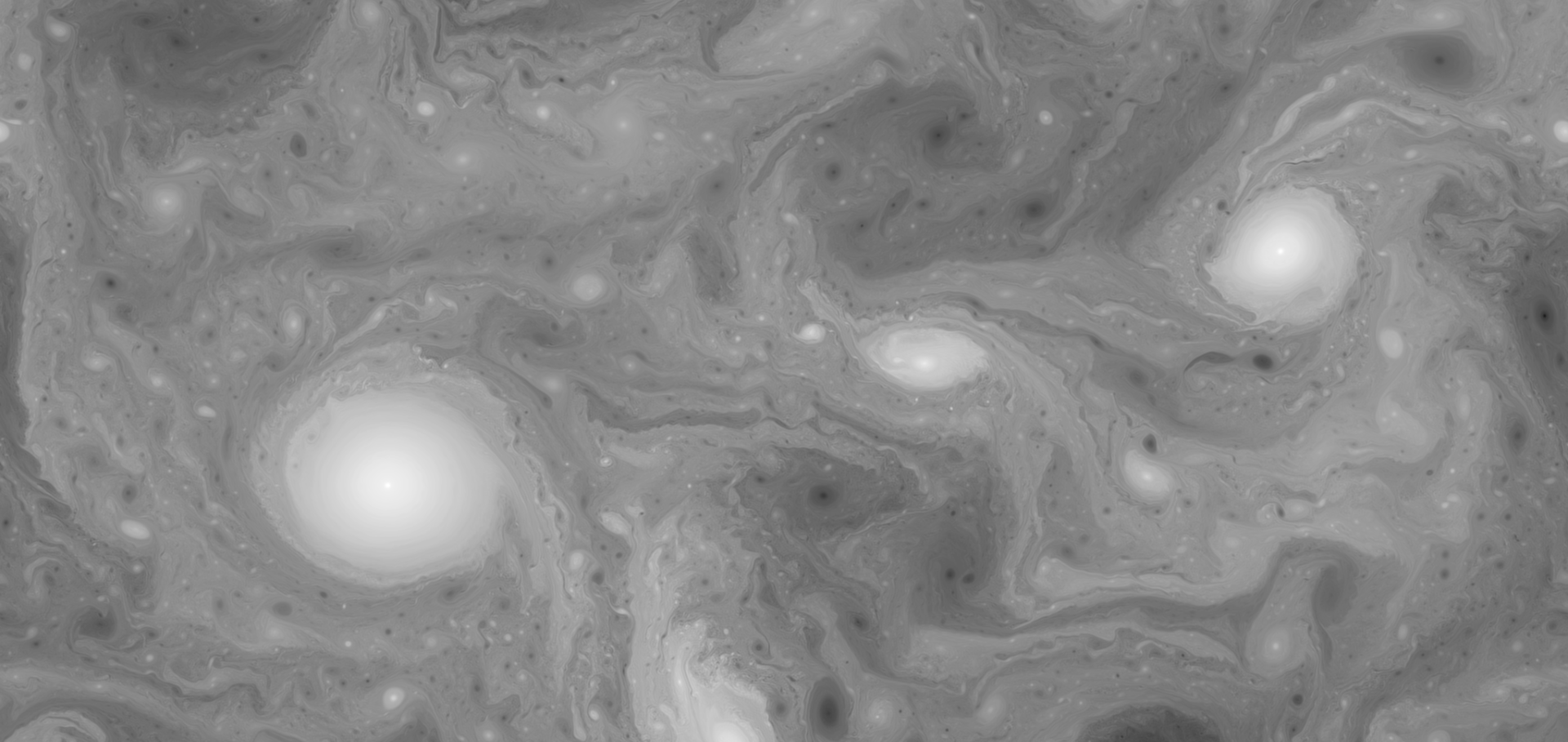Machine learning for stochastic parametrisations
Abstract:
Atmospheric models used for weather and climate prediction are traditionally formulated in a deterministic manner. In other words, given a particular state of the resolved scale variables, the most likely forcing from the subgrid scale processes is estimated and used to predict the evolution of the large-scale flow. However, the lack of scale separation in the atmosphere means that this approach is a large source of error in forecasts. Over recent years, an alternative paradigm has developed: the use of stochastic techniques to characterize uncertainty in small-scale processes. These techniques are now widely used across weather, subseasonal, seasonal, and climate timescales. In parallel, recent years have also seen significant progress in replacing parametrization schemes using machine learning (ML). This has the potential to both speed up and improve our numerical models. However, the focus to date has largely been on deterministic approaches. In this position paper, we bring together these two key developments and discuss the potential for data-driven approaches for stochastic parametrization. We highlight early studies in this area and draw attention to the novel challenges that remain.Convective and orographic origins of the mesoscale kinetic energy spectrum
Abstract:
The mesoscale spectrum describes the distribution of kinetic energy in the Earth's atmosphere between length scales of 10 and 400 km. Since the first observations, the origins of this spectrum have been controversial. At synoptic scales, the spectrum follows a −3 spectral slope, consistent with two-dimensional turbulence theory, but a shallower −5/3 slope was observed at the shorter mesoscales. The cause of the shallower slope remains obscure, illustrating our lack of understanding. Through a novel coarse-graining methodology, we are able to present a spatio-temporal climatology of the spectral slope. We find convection and orography have a shallowing effect and can quantify this using “conditioned spectra.” These are typical spectra for a meteorological condition, obtained by aggregating spectra where the condition holds. This allows the investigation of new relationships, such as that between energy flux and spectral slope. Potential future applications of our methodology include predictability research and model validation.Local power spectra of the Earth’s atmosphere
Abstract:
This thesis is dedicated to the kinetic energy power spectrum of the Earth's atmosphere. This spectrum refers to the distribution of kinetic energy at different length scales of motion, from the energy in the largest swirling weather systems, to the smallest convective clouds. The spectrum is a multifaceted and deep topic, and it has earned academic attention for several reasons.
One reason is the inherent beauty the spectrum holds in many turbulent systems. Turbulence is a highly complex phenomenon that is composed of motion at a great range of scales; however, when viewed through the lens of a power spectrum, a simple power law often neatly describes the magnitude of the kinetic energy over a range of scales. This simplification of turbulence, which is an incredibly ubiquitous and challenging phenomenon in physics, invites us to investigate the spectral perspective further. In Part One of this thesis, we do this by applying novel coarse-graining techniques to extract spectra from the atmosphere. This technique allows us to bring a spectral perspective to spaces that were previously difficult to reach. For example, we are able to investigate how the distribution of energy changes at different locations on Earth, creating the first consistently generated map of mesoscale spectral slopes in the atmosphere. We also investigate how the spectrum changes under different conditions using a new method of ``conditioned spectra''; some of these analyses are completely novel, such as the distribution of energy when mean sea level pressure is high or low or mesoscale spectral energy transfers are from large to small or small to large scales. Others are comparable to existing simulation or observational work, such as the spectrum corresponding to different levels of precipitation or different orographic heights. Spectra are often used to assess the smallest scale to which a simulation can represent the real world, and so a more nuanced understanding of local spectra could open the door to deeper and more meaningful comparisons between different models and between models and observations. In addition to spectra, our methodology can resolve local spectral fluxes. Spectral fluxes are central to parametrisations of unresolved scales in weather models, raising the possibility of evaluating and improving these parametrisations in the future through our methodology.
Another reason for investigating the spectrum is that it contains clues to a system's underlying dynamics. In Part Three, we present two-dimensional turbulence theory and review how details of the spectrum, such as the spectral slope or the direction of energy transfer, can indicate the underlying turbulent dynamics active within a particular range of scales. Mesoscale weather dynamics are much less understood than synoptic weather. It is still unclear how waves, turbulence and external forcings interact to produce the motion at these scales. Much of the progress towards understanding this topic has come from investigations into the spectrum. In Part One, we investigate how the direction of energy flux differs at different locations and under different atmospheric conditions. We also investigate the local partition of energy into rotational and divergent motion. From this, we are able to conclude that purely turbulent models of the atmosphere, which have become unpopular over the past 20 years, may be valid under certain conditions or in certain locations. We also support the prevailing notion that gravity waves are centrally important in energising the upper troposphere and lower stratospheric spectrum in the mesoscales. This work lays the foundations for a more detailed local breakdown of the mesoscale fluxes that could lead to a far deeper understanding of mesoscale processes than at present.
The last reason we will give for the academic attention the atmosphere's spectrum has attracted is the most intriguing. The spectrum has a link with predictability. \cite{lorenz1969predictability} showed that the power spectrum can be used in simple turbulent systems to predict the rate of error growth. In Part One, we explore local power spectra, a logical possibility is that if a link between the global spectrum and predictability exists, a link between local predictability and the local spectrum may exist. In Part Two, we provide background on the link between spectra and predictability. After giving this background, we extend the global theory of error growth in atmospheric turbulence by including the effects of the condensate, the shallowing of the spectrum that occurs at large scales. We show that including a realistic condensate significantly extends the predictability estimates returned by turbulence models (with the caveat that we ignore the anisotropy of the real atmosphere in our model). We then take the first steps towards a local model of error growth based on a cascade of error to larger scales by creating a toy model. This toy model illustrates how error would behave if it was related in a simple way to the local eddy turnover time. We point out this approach's limitations but find some broad consistencies with known spatial patterns in error growth, such as larger absolute errors in the midlatitudes and larger relative errors over orography. This work represents the start of investigations into the local relationships between error growth and the power spectrum, research which could be incredibly important for weather prediction and turbulence modelling generally. If a diagnostic or prognostic relationship between local spectra and error growth could be found, it may be of incredible utility, since representing the inevitable growth of error is the most challenging and important aspect of weather prediction.


